PROTECT YOUR DNA WITH QUANTUM TECHNOLOGY
Orgo-Life the new way to the future Advertising by AdpathwayI love low-maintenance gardens! The less time I have to spend watering and installing concrete, the more time I have to plant crops, harvest wildflowers, and pull weeds. Why waste time doing things I dislike?
Money is another factor when it comes to landscaping. Hiring professionals is expensive. It can quickly cost you thousands of dollars. If it’s a project you really want to do, then by all means, do it! Save up, create a budget, and make it work.
But if you’re like me and you’d rather garden than landscape, then there are ways to cheat the system. We’ll cover everything you need to know, from the projects you shouldn’t do to the ones you should.
Here are seven landscaping projects that are a waste of time, with alternative options.
In-Ground Irrigation
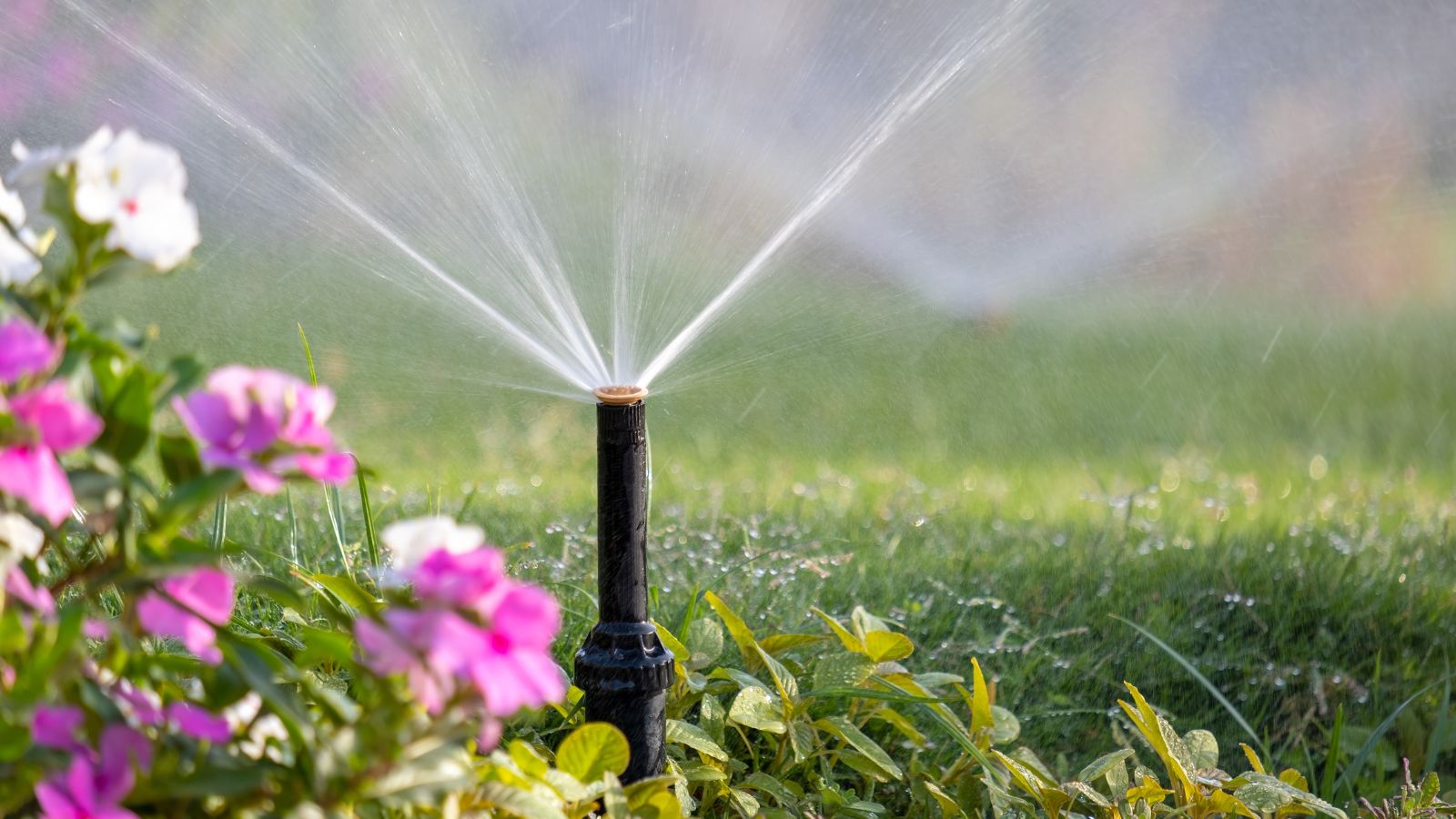 These systems increase water wastage.
These systems increase water wastage. In-ground irrigation is a landscaping waste of time, money, and effort! Though it seems like it should cost less and preserve water, studies show that these systems often waste more water than they use. They’re also expensive and cumbersome to install.
Automatic sprinklers are labeled as hassle-free, but this labeling leads to problems in the garden. If you never pay attention to the system, you may not notice when plants are getting too much or not enough water. The hassle-free irrigation becomes a hassle.
Additionally, pipes burst belowground and sprinkler heads snap off after many years. They’ll require frequent fixing to stay in tip-top shape.
Use drip irrigation, hoses, or watering cans to deliver moisture. If you don’t mind overhead systems, attach a sprinkler head to a hose and have it water the garden. You don’t need to bury pipes! Get started with a hose, a timer, and an overhead sprinkler head.
Weed Barriers
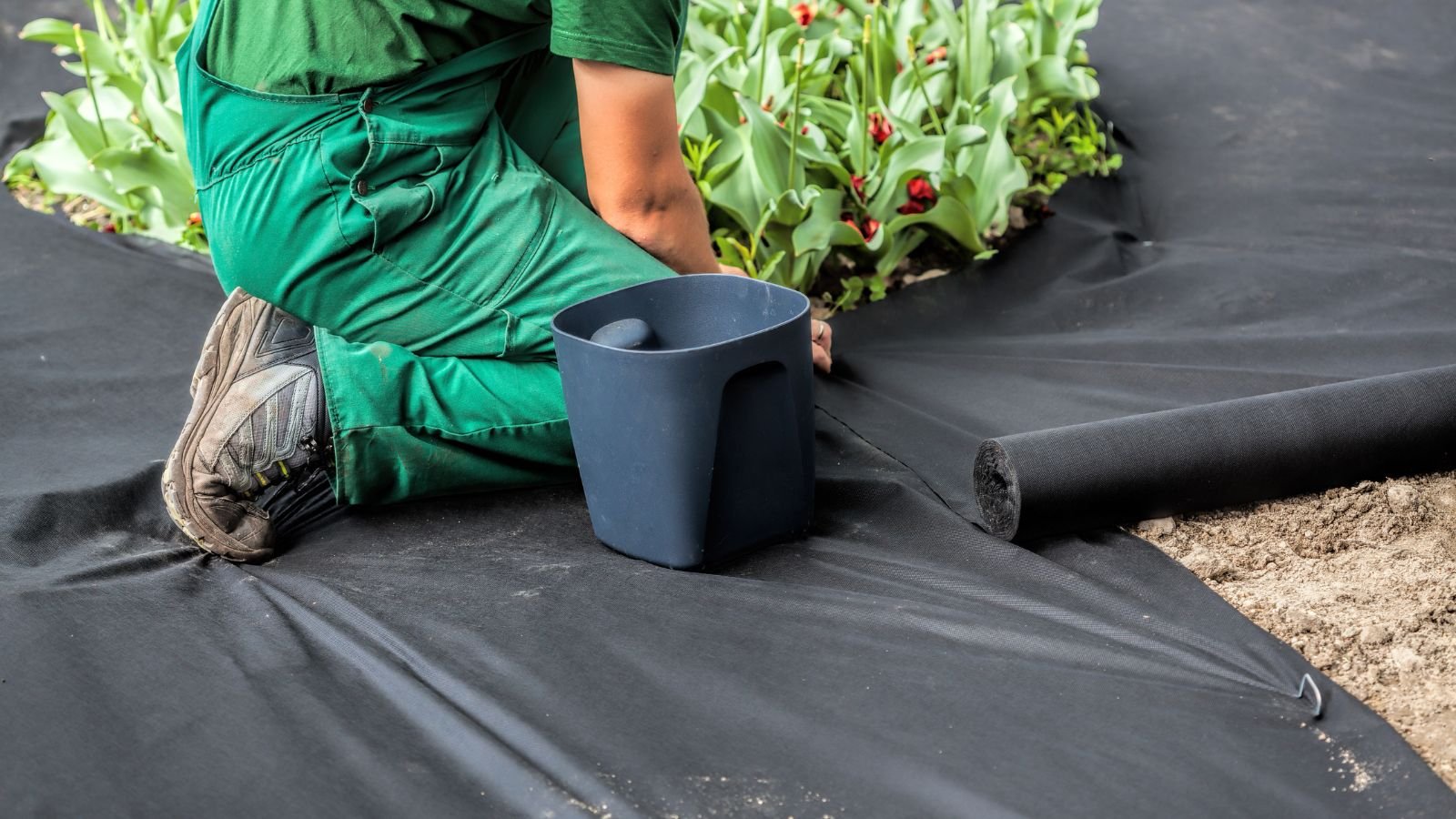 Although they work temporarily, they don’t last long.
Although they work temporarily, they don’t last long. Weed barriers are the bane of my existence. They work temporarily to reduce weeds, but they’re ineffective in the long run. They’re a waste of time in landscaping and are damaging to the environment.
Weed barriers consist of synthetic plastics. Some are sheets, while others consist of a fabric-like material made from plastic. Homeowners and landscapers lay them on the ground, then they place mulch on top of the sheets. It looks great for a while.
Then, dirt builds up in the mulch. Dust particles fall into it, and watering practices push soil on top of the sheets. Weed seeds fall into the mulch, where they sprout and grow. The weed-free site quickly grows into a bed full of weeds! Simultaneously, the plastic sheets break apart into thousands of pieces that are hard to remove.
You don’t need the plastic. Instead, use organic mulch consistently throughout the year to snuff out young seedlings. Maintain a layer between two and three inches thick, and pull weeds when they’re young to prevent them from spreading.
Large Lawns
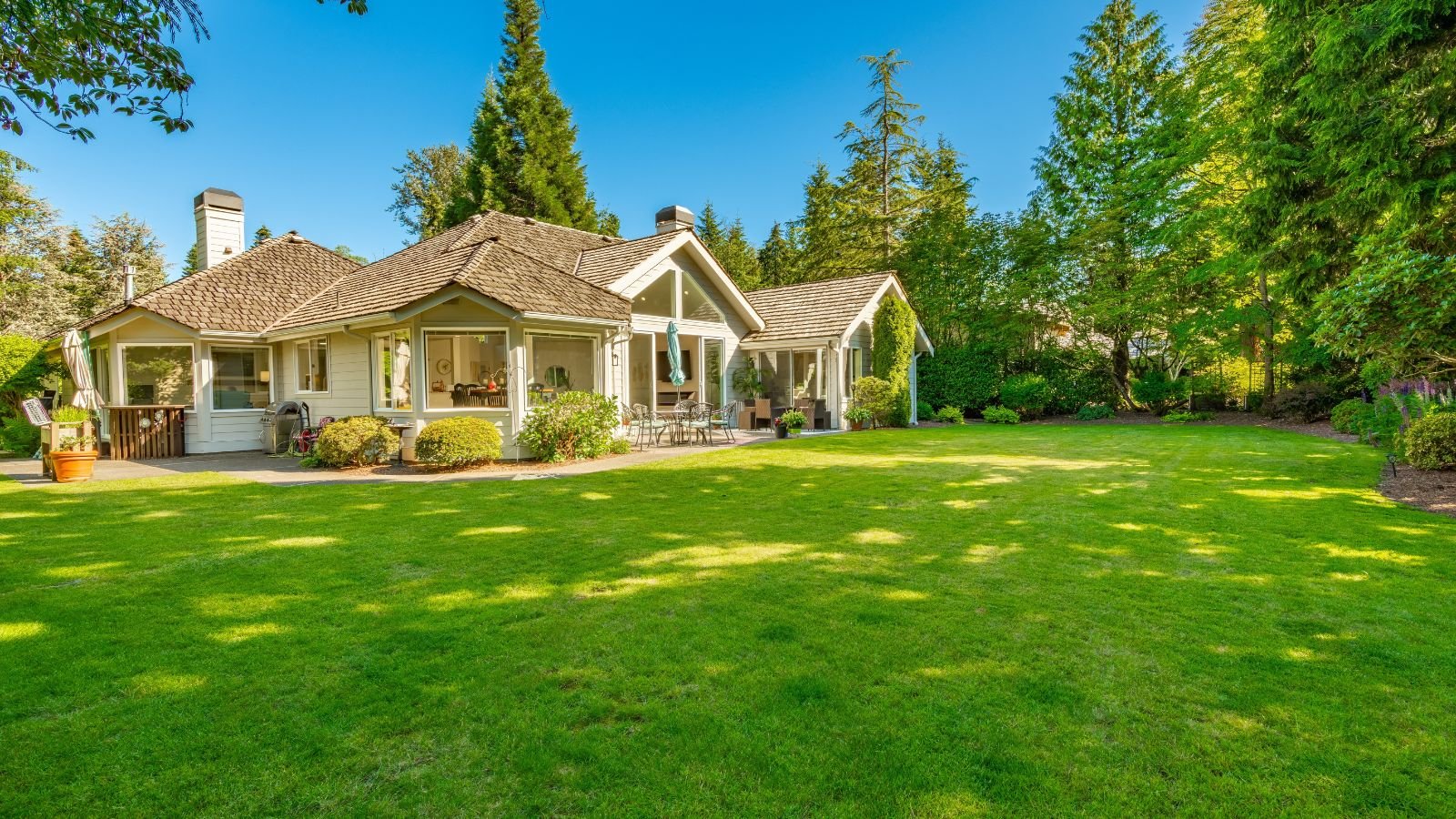 Large lawns use a lot of water.
Large lawns use a lot of water. We Americans love our lawns! No front yard would be complete without a grassy lawn. Though they’re nice to walk on, they’re like a blank canvas in the garden. They’re devoid of flowers for pollinators, they consume excessive amounts of moisture, and they’re challenging to maintain.
The downside of lawns is their water usage. Landscape irrigation accounts for a third of all water usage by U.S. households. That translates into 9 billion gallons of water a day. As climate change worsens and water accessibility becomes more of a concern, lawns are one of the first things we should reconsider.
Lawns require constant mowing, watering, fertilizing, dethatching, and mulching. They’re a chore and usually a landscaping waste of time. Don’t get me wrong—lawns are nice to rest on, and they’re great for kids and pets. Consider having a small lawn for these uses, and convert the rest of the site into low-maintenance garden beds with drought-tolerant wildflowers.
Non-Native Plantings
 Native plants require less maintenance and resources.
Native plants require less maintenance and resources. Not all non-native plants are bad. It’s just better to grow native plants instead.
Native plants evolved alongside the animals in our local ecosystems. They feed pollinators that are at risk of extinction, and they’re essential for providing habitat spaces in home gardens for birds, insects, and wildlife.
When starting a new garden bed, consider using a mix of native and non-native species. Grow your favorite flowering shrubs and perennials, and select native species that grow in conditions similar to those of your yard.
Native plants are also easy to care for. When you pick the right plants for the location, you set yourself up for success. Opt for wet-loving plants in moist sites and drought-tolerant ones in dry areas.
Formal Hedges
 Formal hedges require plenty of attention to look good.
Formal hedges require plenty of attention to look good. I’m a formal hedge hater and believe they are a landscaping waste of time. Sure, square hedges provide privacy, but so do informal ones. You don’t need to hedge plants into perfect shapes to create living fences. Instead, plant tall shrubs or small trees and trim them occasionally.
Informal hedges are better than formal ones because they require less maintenance, and they’re a form of wild landscaping. Their irregular shapes blend in well with other trees, perennials, and grasses. Plant hedging plants in an irregular pattern, then trim them sporadically to retain their imperfections.
Flowering shrubs are perfect for informal hedge projects. The woody specimens often grow irregularly and require minimal pruning. Try using forsythias, camellias, and beautyberries for stunning blooms and lush foliage during the growing season.
Hardscaped Pathways
 There are better alternatives to consider.
There are better alternatives to consider.Concrete pavers, stone paths, and formal walkways are expensive to install. In wet areas, concrete often breaks apart if it’s not properly installed. Hardscapes, which are landscapes with permanent fixtures, need professional attention for proper installation.
Rather than wasting time putting in semi-permanent pathways, use mulch to make your walkways. Wood chips, gravel, and straw all work well to line paths for the growing season. Add a layer three inches thick, and walk on it to tamp it down.
Any place you put down concrete will stay like that until you decide to uninstall it, which is an incredibly labor-intensive process. Concrete isn’t all that bad! Just be sure you want it in your yard before putting it on your pathways.
Elaborate Ponds
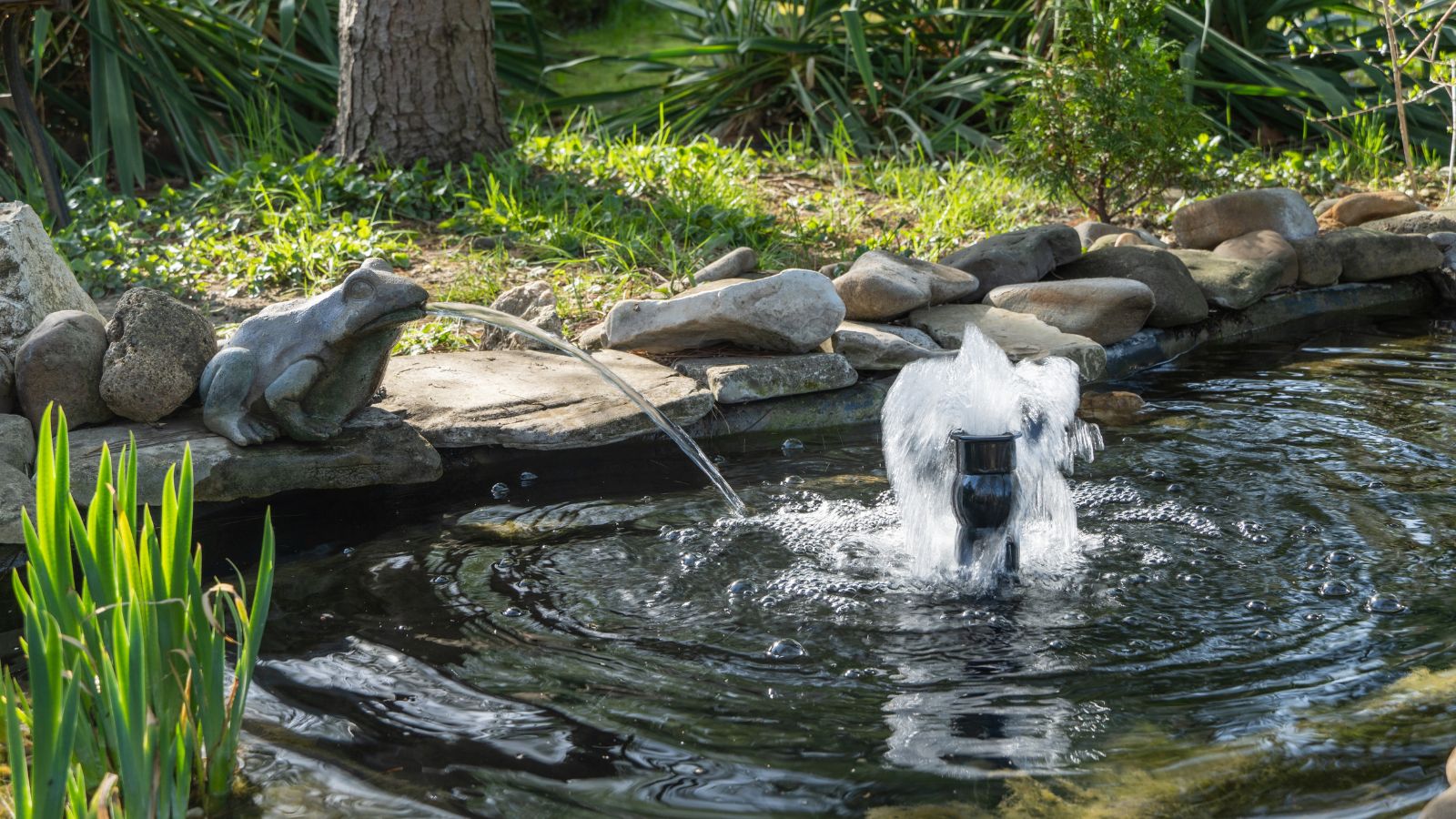 Ponds are high-maintenance installations.
Ponds are high-maintenance installations. I’m a sucker for a good pond, but these aquatic landscaping projects need lots of time, money, and labor to work well. Ponds in the landscape emulate larger bodies of water in nature. They require a delicate balance between fish, bacteria, and other water-dwelling organisms.
If you love creating fish tanks and fish-filled water features, go for it! Otherwise, it may be better to choose a fountain or water feature that doesn’t need continual upkeep. All you need to set one up is a fountain, a pump, and some tubing.
A simple fountain has a basin at the bottom with a pump inside. The pump pushes water up through a tube to the top of the fountain. From there, it falls back down into the basin.
Once you’re comfortable setting up a fountain, add more features to build the elaborate pond of your dreams. A pond is only a landscaping waste of time if you’re unsure how to set it up and maintain its delicate balance.


 2 days ago
14
2 days ago
14

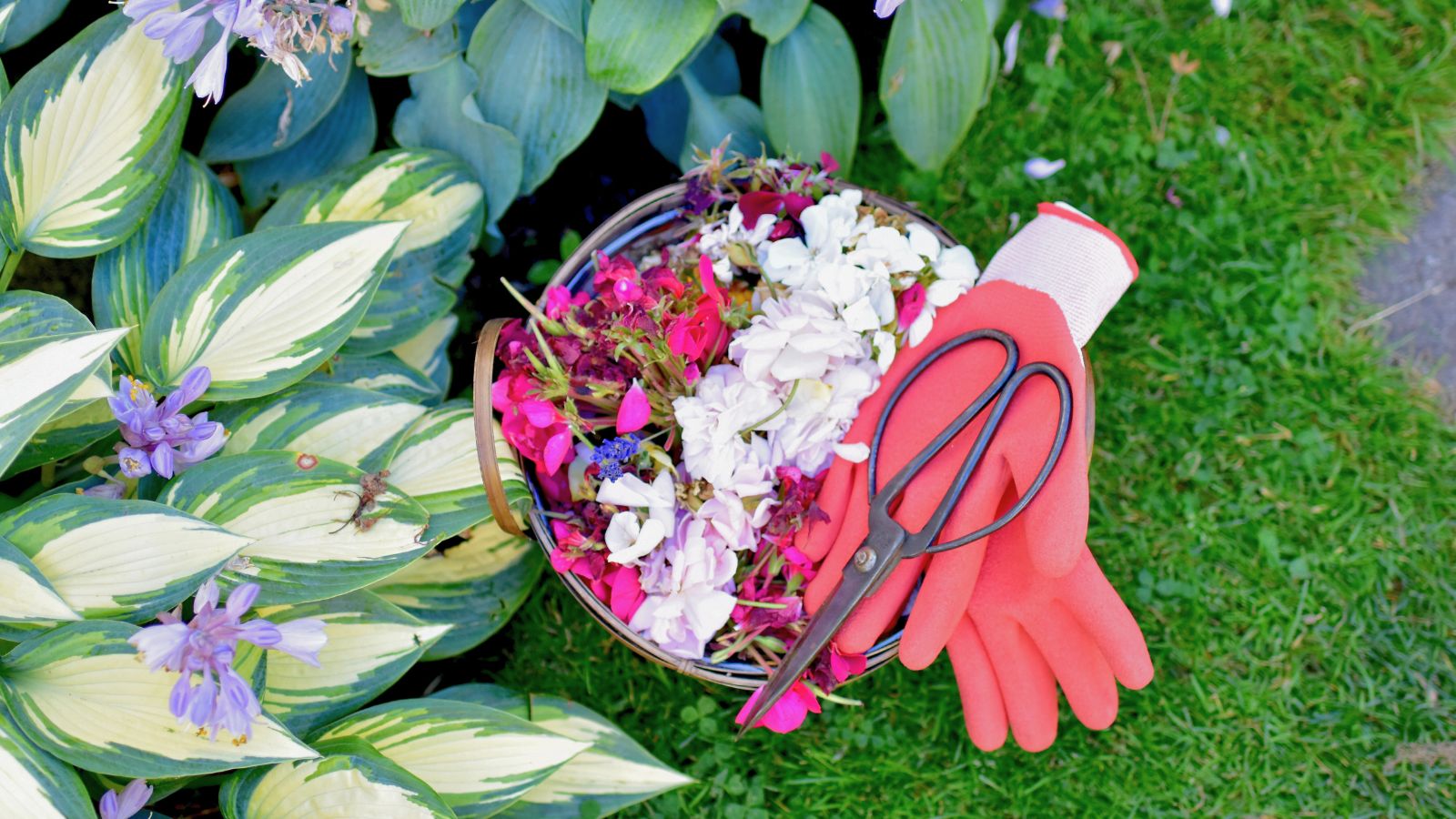




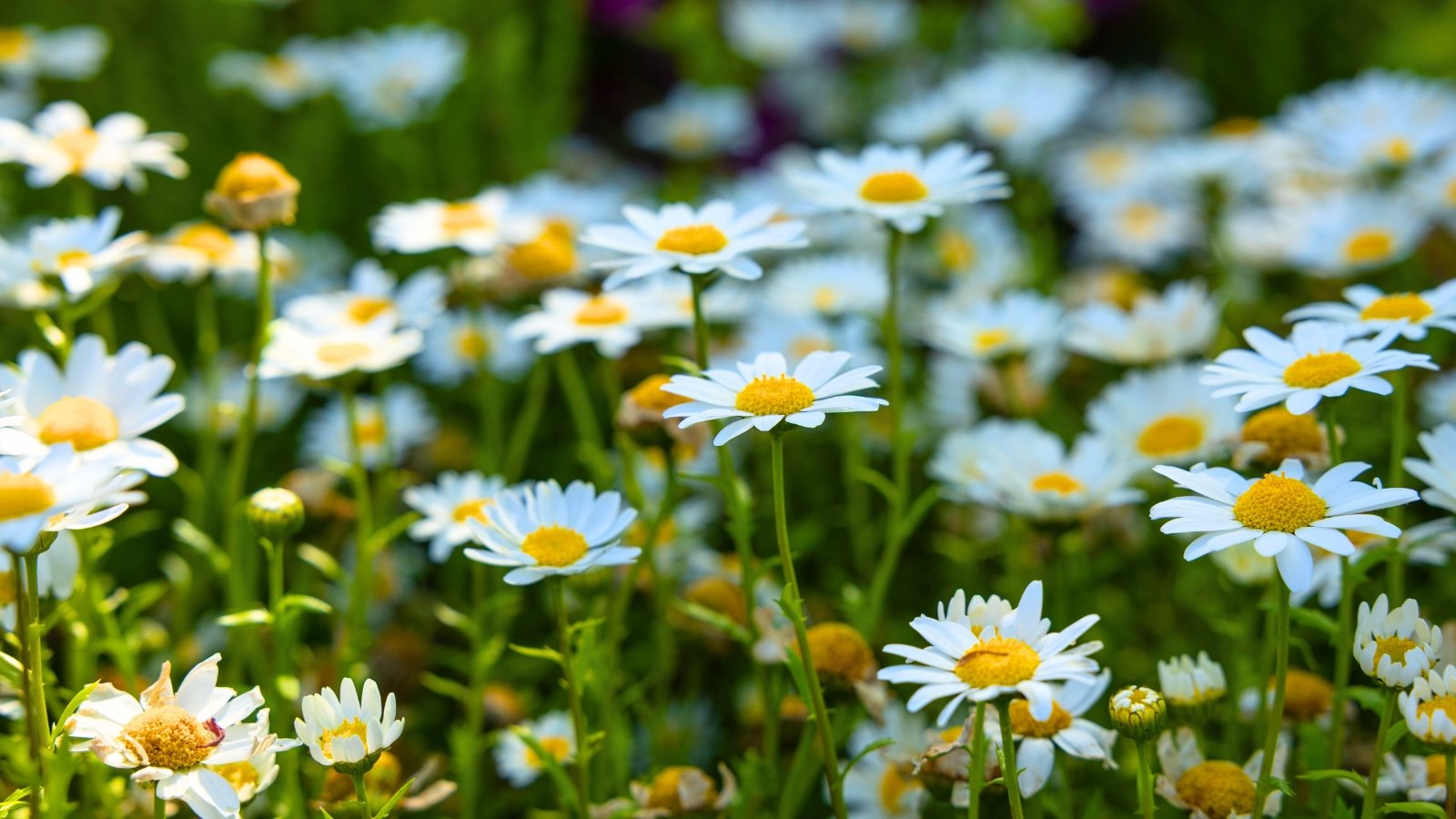














 English (US) ·
English (US) ·  French (CA) ·
French (CA) ·